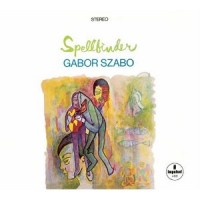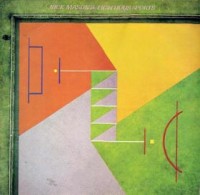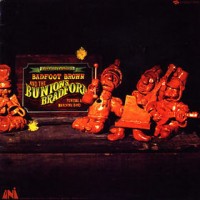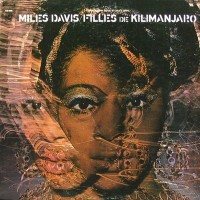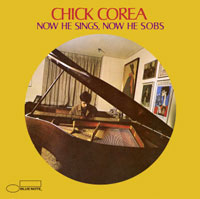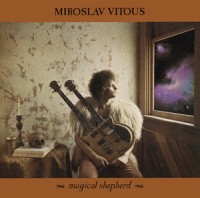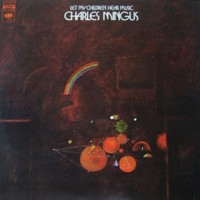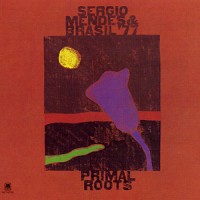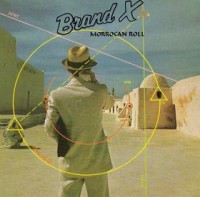Even by Larry Young standards this is a strange album, which is to say this is a very very strange album, but also a very good one. There seems to be two different styles present on this album. Half of the songs are in a mystical psychedelic African fusion style, and the other half seem to be Young’s unique take on minimalism, with the different instruments in his large ensemble playing repeating riffs in forceful, and sometimes almost chaotic fashion. The unifying factor throughout this album is a very low-fi production and purposefully sloppy mixing that has instruments at strangely mismatched volumes. Always one to chart his own course, Larry seems to be trying to strip any gloss or sheen off his music by not allowing any sort of post production work. On a couple of tunes you can actually hear the tape machine start up mid-jam while the band is already playing.
Trying to describe this music is a bit tough, but let’s start with a mix consisting of a low-fi version of Santana’s Caravanserai, some of Sun Ra’s African grooves, John Cale’s rock-minimalism experiments with Terry Riley, Miles’ Bitches Brew with it’s constantly noodling instruments bubbling up from the background and possibly Keith Emerson’s distorted B3 extended psychedelic jams with the Nice. All throughout this album Larry’s Hammond B3 is run through a variety of reverbs and distortion devices, and he constantly manipulates the tone bars creating shifting psychedelic sounds that can instantly rush from a shimmering whisper to a full on roar.
This album isn’t for everybody, I think the lack of production values would be a big turn off for many, but for me the rough sound is part of this album’s appeal. Larry’s solos on here are powerful and creative as he proves he ranks high with the very best jazz fusion and progressive rock Hammond B3 artists. His massive ensemble is equally talented as the percussionists play hypnotic poly-rhythms and the saxophonists create counterpoints to Larry’s bold melodies. —JS
